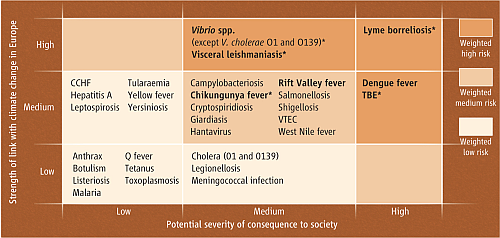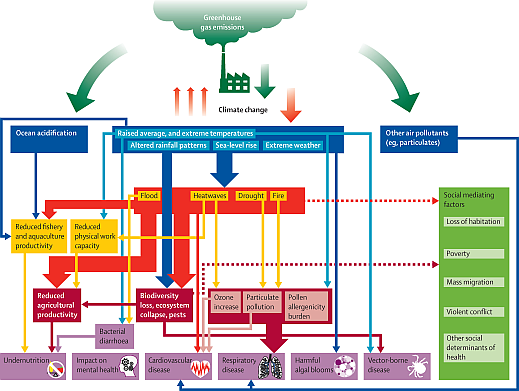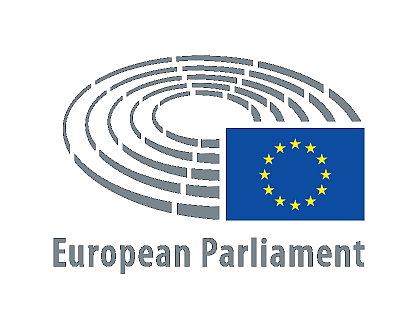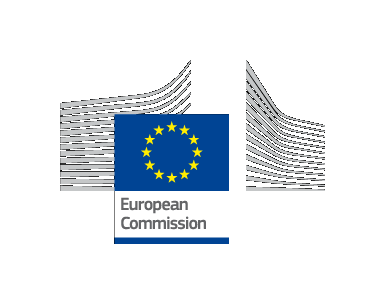Climate Change
|
Weighted risk analysis of climate change impacts on infectious disease risks in Europe Lyme borreliosis is the highest for both climate change risk and potential severity of consequence |
|
 |
Monitoring EU Emerging Infectious Disease Risk Due to Climate Change Science, 27 Apr 2012 Please do not copy this image |
|
This article shows a tick as example for vector-borne diseases Article quote : |
|
 |
Health and climate change: policy responses to protect public health The Lancet Commissions Please do not copy this image |
|
In 1966 adopted by the United Nations General Assembly  |
International Covenant on Economic, Social and Cultural Rights (1966) Article 12 states : 1. the right to the enjoyment of the highest attainable standard of physical and mental health. |
|
This webpage does not mention Lyme disease  |
Climate Action Fast Facts Quote: |
|
In-Depth Analysis for the European Parliament Requested by the Public Health (SANT) Subcommittee  |
Environmental determinants of health, including those caused by climate change Paltriguera, L., Beamud, F., Müller, M., Pavlou, P., Tertre, L., Van Den Bos, S., Zamparutti, T., and Buonsante, V. 2024 Publication for the Subcommittee on Public Health, Policy Department for Economic, Scientific and Quality of Life Policies, European Parliament, Luxembourg. 2.3. How environmental determinants of health affect disadvantaged communities https://www.europarl.europa.eu/RegData/etudes/STUD/2024/754209/IPOL_STU%282024%29754209_EN.pdf |
|
EU Reference Laboratories designated |
Commission Implementing Regulation (EU) 2024/892 of 22 March 2024 designating European Union reference laboratories for certain specific areas of public health The European Commission has designated https://eur-lex.europa.eu/legal-content/EN/TXT/?uri=OJ:L_202400892 |



